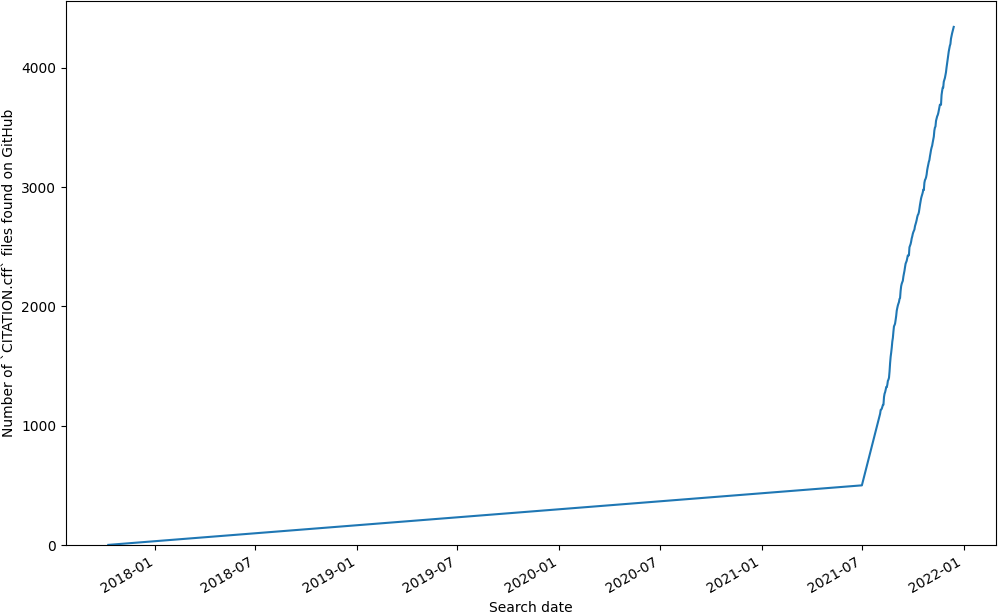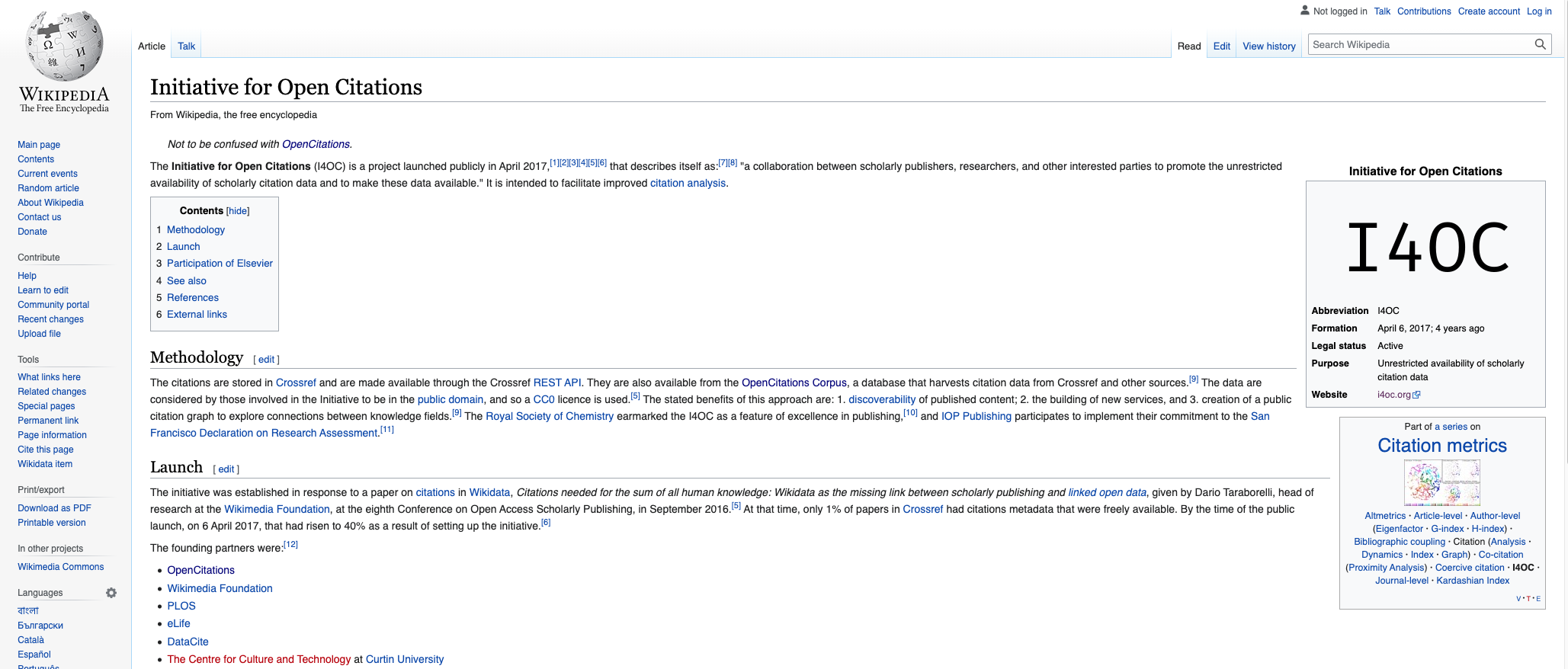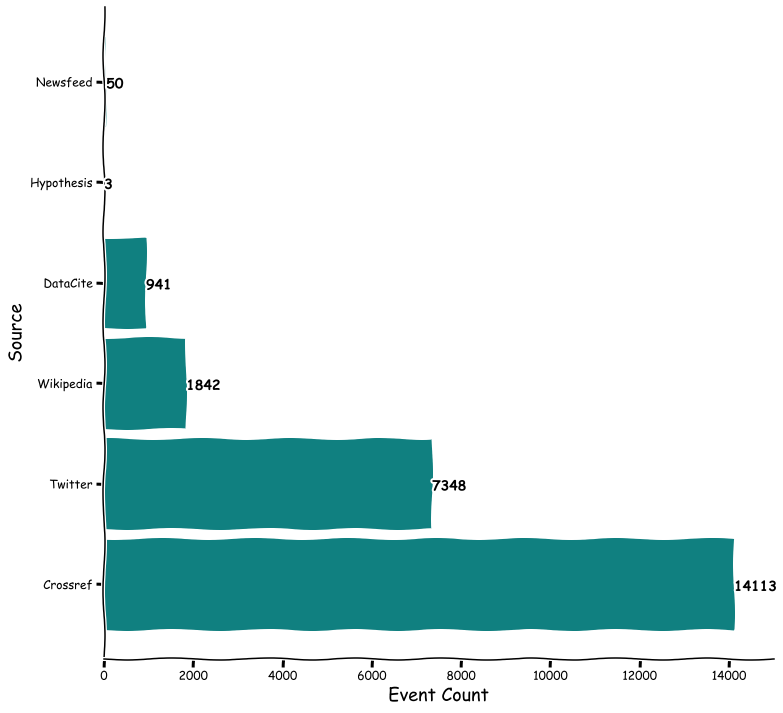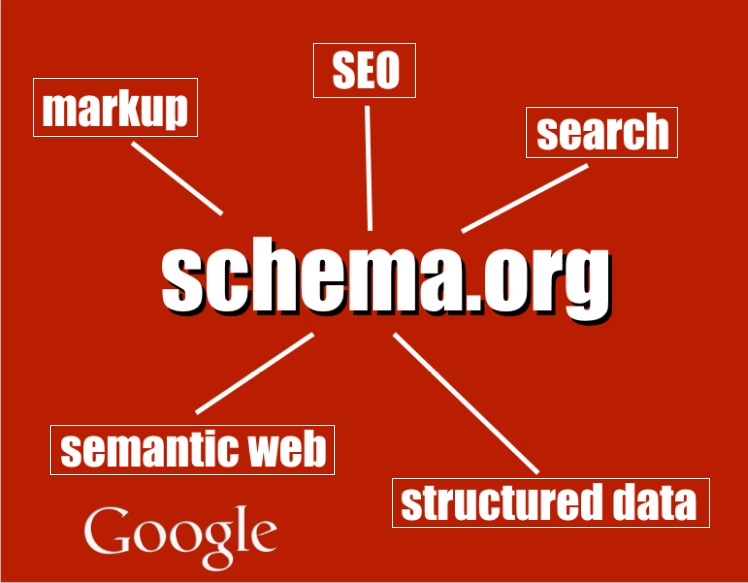
In January I woke up one day and couldn't move my right arm and leg properly. As I have high blood pressure, and my father had a stroke the exact day seven years earlier, I worried that I might have a stroke and went to the emergency room of the local university hospital.









